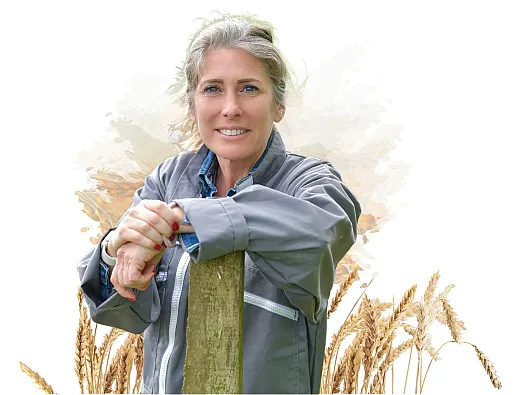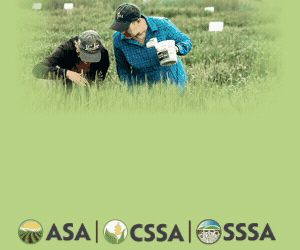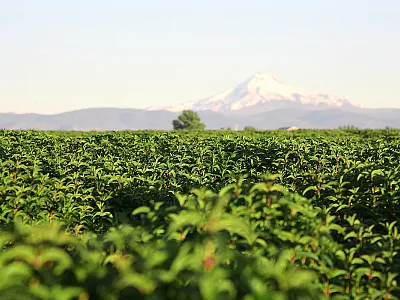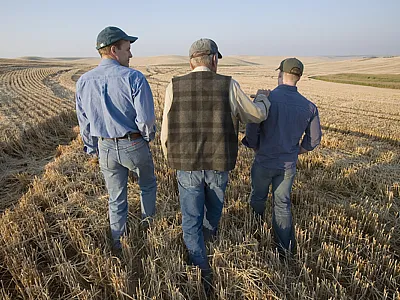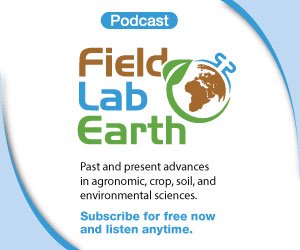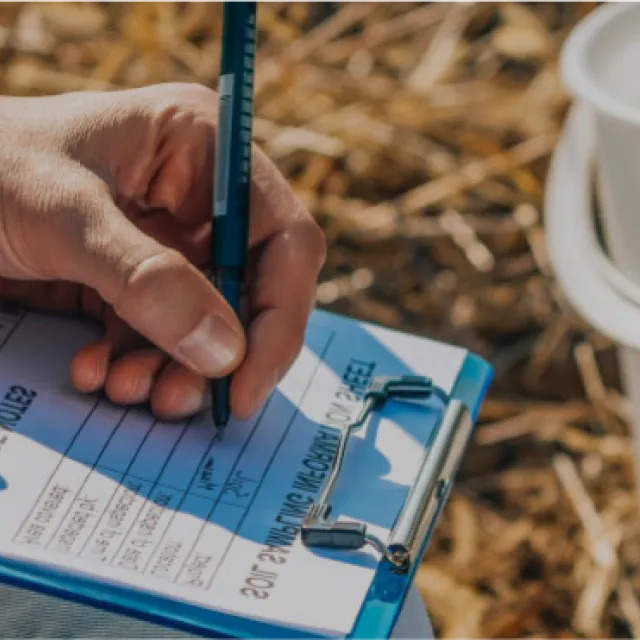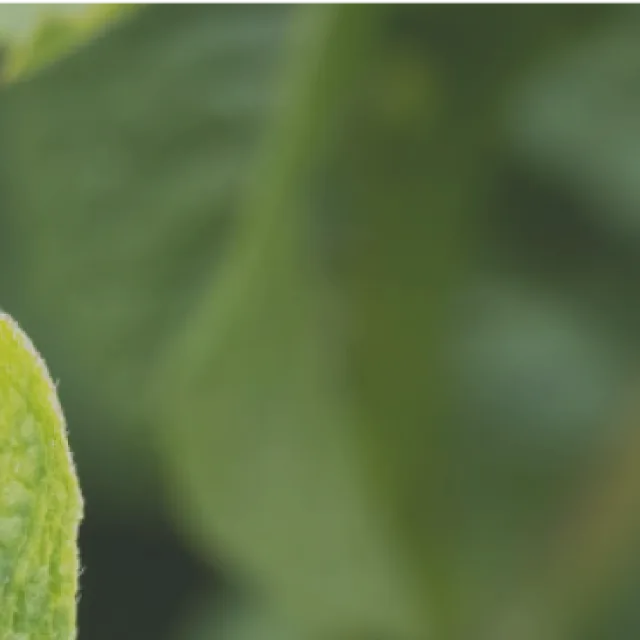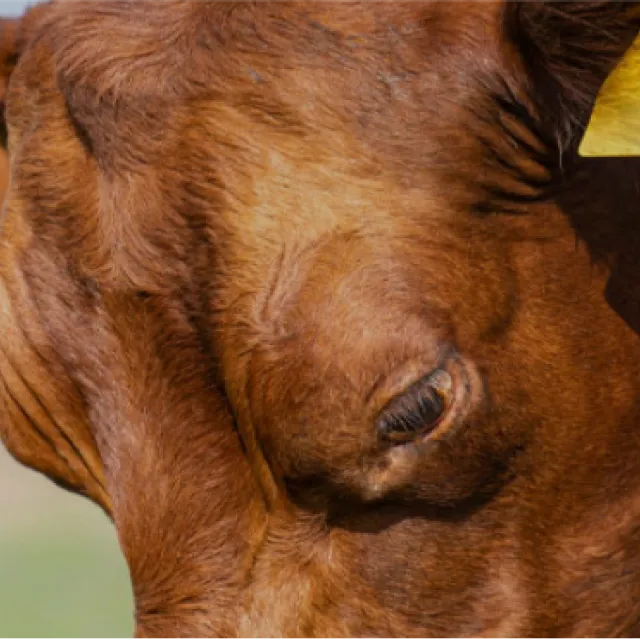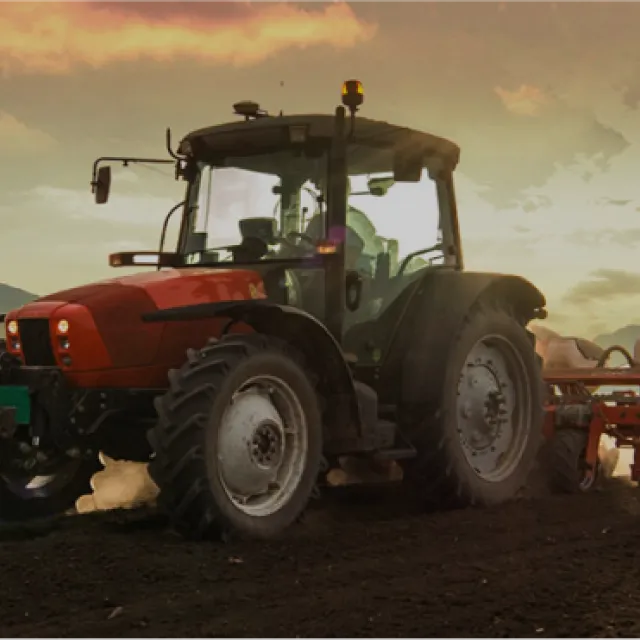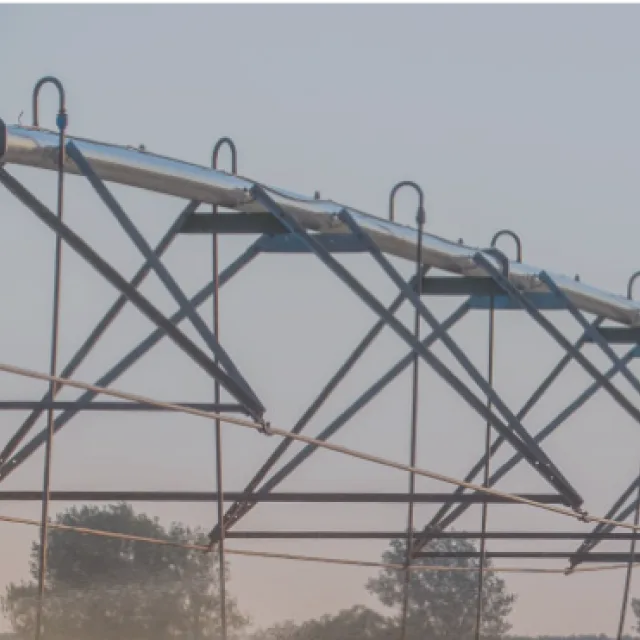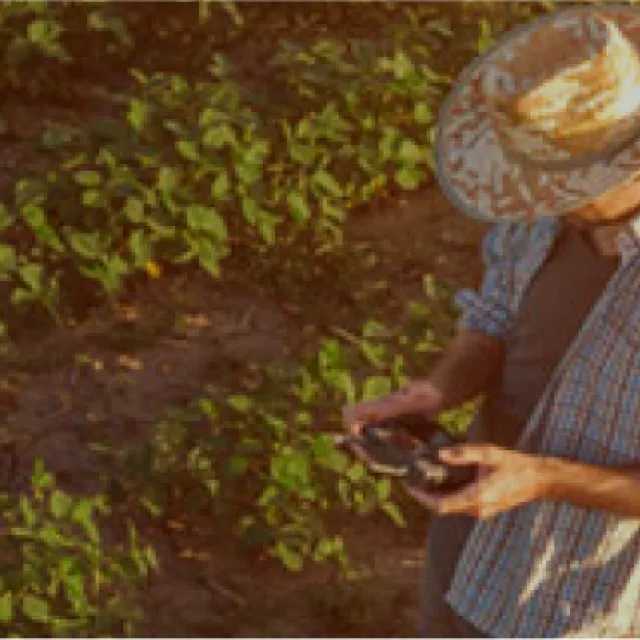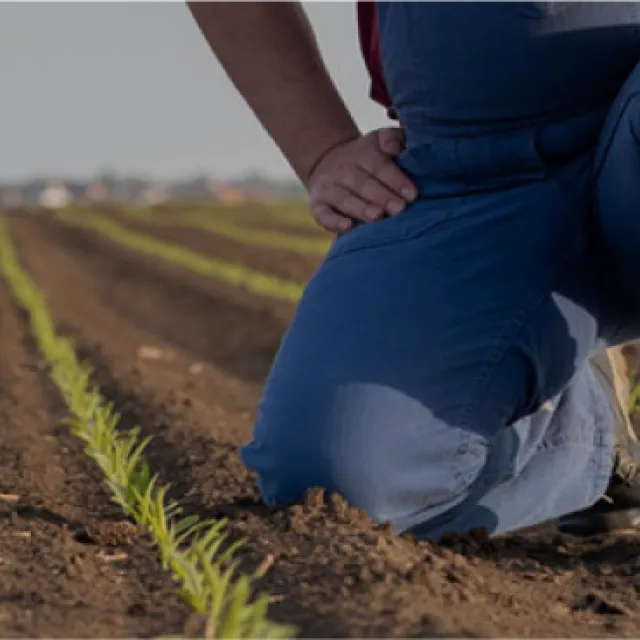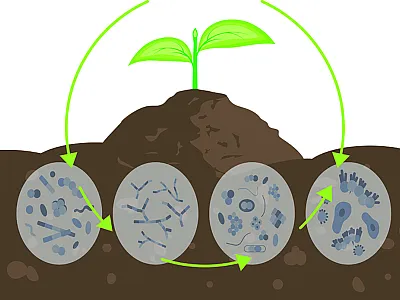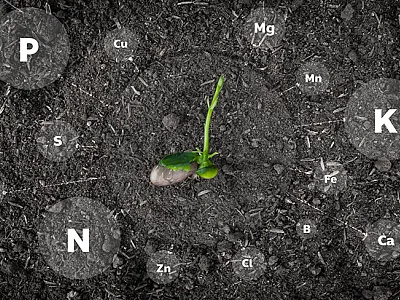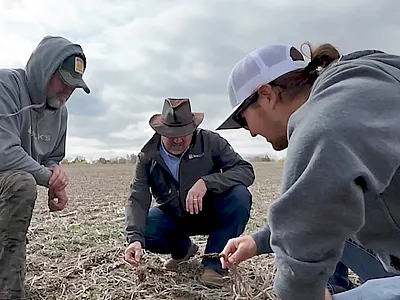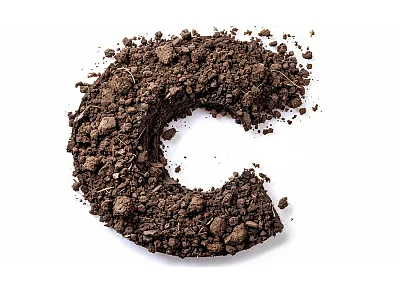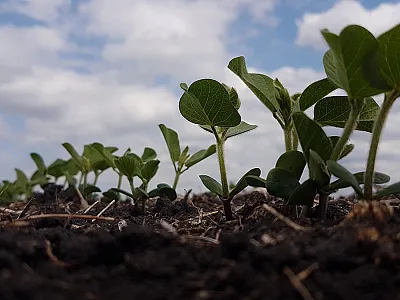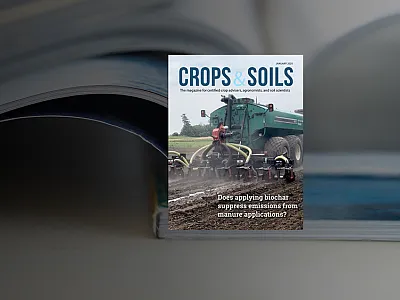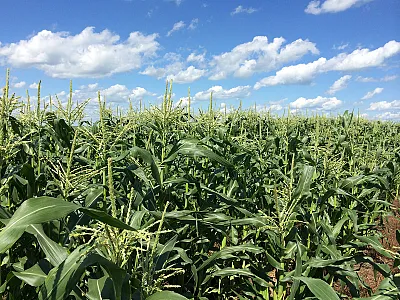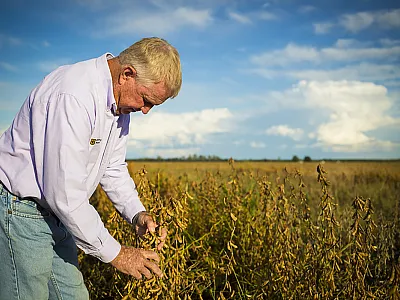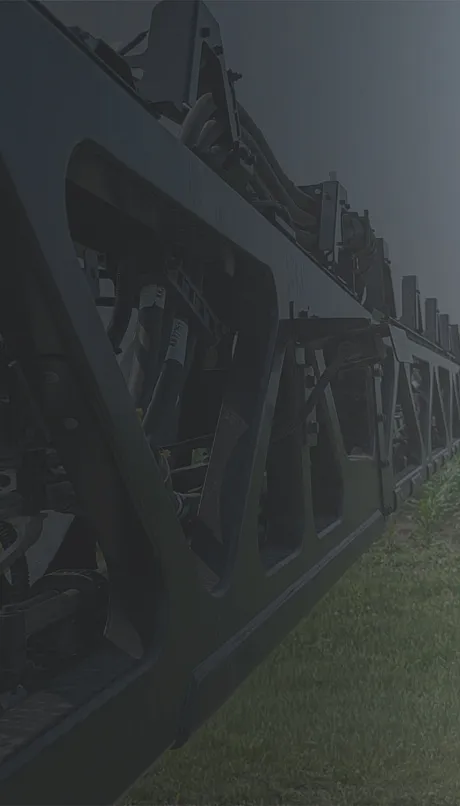
JuneCrops & Soils
The June issue of Crops & Soils is online! Our cover story this month evaluates the performance of precision sprayers in corn and soybean production fields.
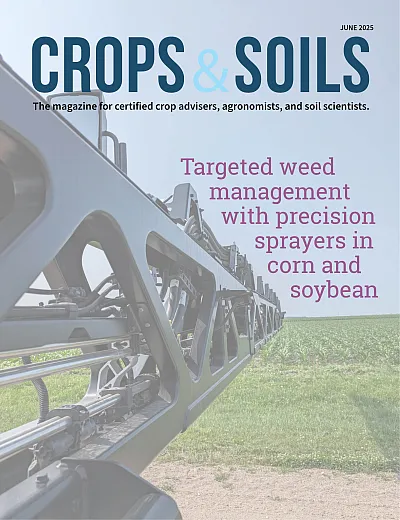
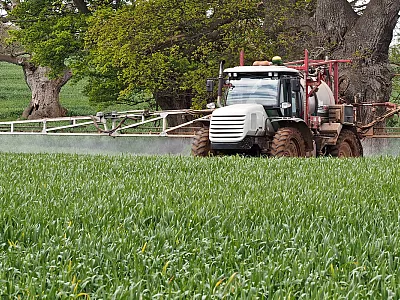
How to optimize fungicide application for Fusarium head blight management
Applying fungicide to manage Fusarium head blight (FHB) in small grains is a complex task that goes far beyond just spraying. This discusses selection of fungicides and nozzles and breaks down how droplet size, water volume, boom height, and sprayer peed affect application efficacy. Ultimately, integrated strategies—from variety selection to real-time disease forecasting—are key to management. Earn 0.5 CEUs in Integrated Pest Management by reading the article and taking the quiz.
Featured articles

August offers an opportunity to advocate for science
Tips and strategies for making your voice heard during the congressional recess
Research institutions in the United States, undeniably, cannot work at their full capacity without funding from the federal government. Without this funding, equipment can’t be built, tests can’t be run, and salaries can’t be paid. For CCAs, this could affect their ability to help their clients stay ahead of the curve and have the best information possible to be profitable and sustainable. But recent proposed cuts to federal programs leave some CCAs and members of ASA, CSSA, and SSSA concerned about the future. Crops & Soils sat down with Julie McClure, a scientist and agricultural policy expert who works with Torrey Advisory Group and the Societies, to discuss how CCAs and members of ASA, CSSA, and SSSA can advocate for their work during the upcoming August congressional recess.
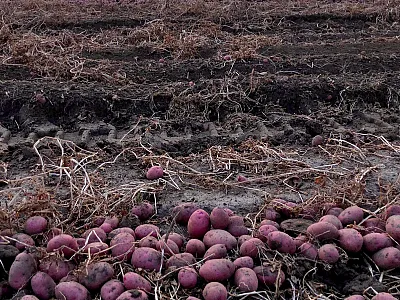
Reducing greenhouse emissions in Pacific Northwest potato systems
Soil health management practices can help reduce greenhouse gas (GHG) emissions from potato cropping systems in the Pacific Northwest. Because adopting practices like reduced tillage, cover cropping, and organic applications requires time and valuable resources, selecting the right approach to meet a farmer’s goals is essential. This article elaborates on how sustainable practices can be adopted for potato production in the Pacific Northwest (PNW) region to lower GHG emissions, based on a web-based modeling tool known as COMET-Farm.
Earn 1 CEU in Sustainability by reading this article and taking the quiz.
Most read articles
Recent articles
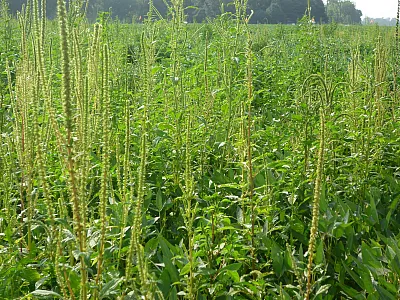
With waterhemp, resistance complicates management
Mixing it up with multi-layered tactics is key
Waterhemp has become increasingly difficult and expensive to control due to its widespread resistance to multiple herbicide sites of action, requiring growers to adopt a multi-layered, diversified approach to weed management. Experts recommend combining chemical, cultural, and mechanical tactics to manage resistance effectively. As no single "silver bullet" remains, success depends on field-by-field planning, community coordination, and ongoing adaptation to evolving resistance threats.
Earn 1 CEU in Integrated Pest Management by reading this article and taking the quiz.
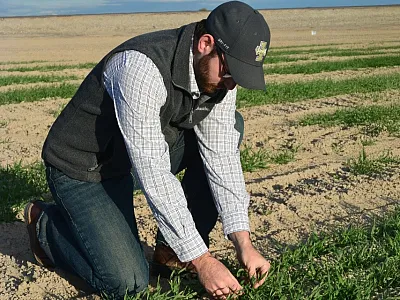
Nitrogen management for irrigated hull-less food barley
In major barley-producing regions of the western United States and Great Plains, nitrogen (N) guidelines for spring malt and feed barley include both soil N and fertilizer N, commonly referred to as N supply. However, the recent development of hull-less, high-fiber barley cultivars has resulted in a lack of specific N management practices. This article presents research from southern Idaho on N management for two-row spring hull-less barley under irrigated high-yielding semi-arid conditions in an effort to establish appropriate N supply rates for hull-less food barley producers. Earn 0.5 CEUs in Nutrient Management by reading the article and taking the quiz. This article was prepared as a contribution of the Western Region Nutrient Management Coordinating Committee (WERA-103).
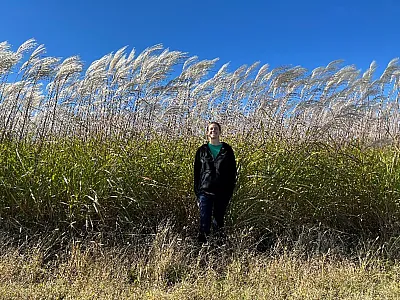
Giant miscanthus shows promise as an alternative crop for marginal land
Giant miscanthus is a perennial, warm-season grass grown as a biomass crop. In Maryland, giant miscanthus successfully grew on marginal land experiencing flooding, saltwater intrusion, and heavy deer pressure, conditions that resulted in total soybean yield loss for several years prior to the study. While giant miscanthus did not grow in year-round flooded conditions and yield was negatively correlated with sodium level, giant miscanthus had little yield loss in areas with intermittent flooded conditions and areas with sodium levels well above what grain crops can tolerate. Earn 1 CEU in Crop Management by reading this article and taking the quiz.
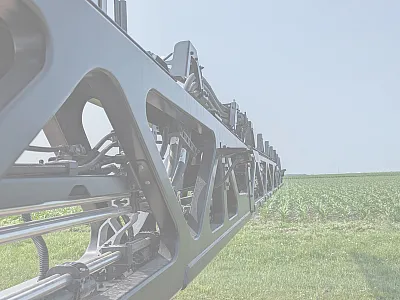
Targeted weed management with precision sprayers in corn and soybean
Precision sprayers can detect and treat weeds simultaneously in real-time, enabling targeted weed management. This approach has the potential to reduce herbicide usage and associated costs. Although large-scale commercial precision sprayers are available for row crops, their weed control efficacy has not been extensively compared with traditional broadcast sprayers under field conditions.
New research evaluated the performance of precision sprayers (Greeneye Technology and John Deere) in corn and soybean production fields. Results indicated that both precision sprayers provided grass and broadleaf weed control comparable to broadcast sprayers with herbicide savings dependent on weed infestation.
Earn 0.5 CEUs in Integrated Pest Management by taking the quiz for the article.
Events
Soil fertility, fertilizers, and crop nutrition: Past, present, and future
Society has made (and will be making) significant demands on agriculture in the not-to-distant future. Meeting future sustainability goals and environmental regulations while simultaneously continuing to meet requirements for food, feed, fuel, and fiber requires a firm understanding of how “we” have collectively arrived at our current status as it relates to our fertility principles and beliefs as well as the processes that address them. This series intends to describe crop nutrition and fertilizers from where we have been to where the authors believe that we will likely need to be prepared to go if we are to support world demands into the foreseeable future.
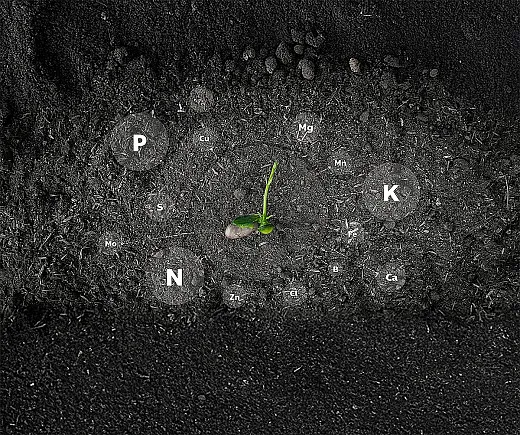
We want to hear from you
Do you have an article you'd like to submit or feedback for the magazine team? Let us know!
